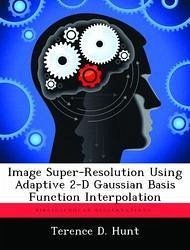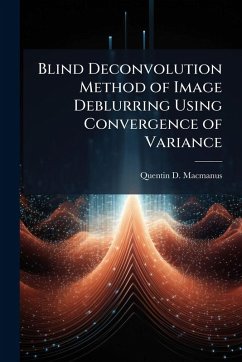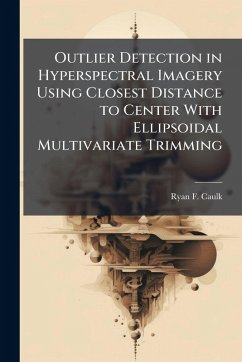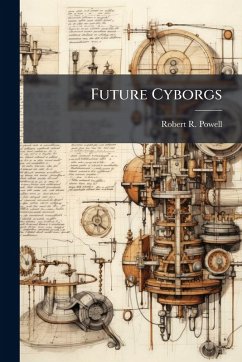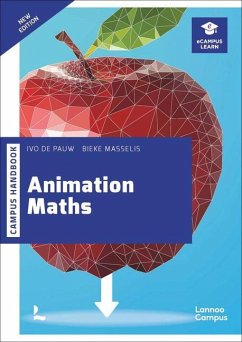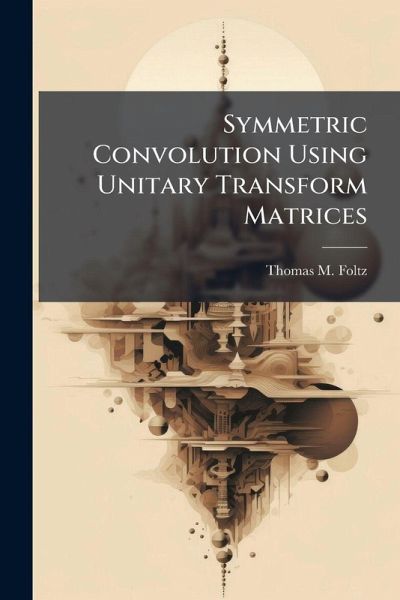
Symmetric Convolution Using Unitary Transform Matrices

PAYBACK Punkte
8 °P sammeln!
The Air Force images space-borne objects from the ground with optical systems that suffer from the effects of atmospheric turbulence. Many image processing techniques exist to alleviate these effects, but they are computationally complex and require large amounts of processing time. A faster image processing system would greatly improve images of objects observed through the turbulent atmosphere and help national strategists glean higher quality intelligence on other nations' space platforms. One promising mathematical method to decrease the computational complexity of image processing algorit...
The Air Force images space-borne objects from the ground with optical systems that suffer from the effects of atmospheric turbulence. Many image processing techniques exist to alleviate these effects, but they are computationally complex and require large amounts of processing time. A faster image processing system would greatly improve images of objects observed through the turbulent atmosphere and help national strategists glean higher quality intelligence on other nations' space platforms. One promising mathematical method to decrease the computational complexity of image processing algorithms involves symmetric convolution. Symmetric convolution is a recently discovered property of trigonometric transforms that allows the convolution of sequences to be calculated through point multiplication in the trigonometric transform domain. This method holds distinct advantages over existing matrix techniques. This work has been selected by scholars as being culturally important, and is part of the knowledge base of civilization as we know it. This work was reproduced from the original artifact, and remains as true to the original work as possible. Therefore, you will see the original copyright references, library stamps (as most of these works have been housed in our most important libraries around the world), and other notations in the work. This work is in the public domain in the United States of America, and possibly other nations. Within the United States, you may freely copy and distribute this work, as no entity (individual or corporate) has a copyright on the body of the work. As a reproduction of a historical artifact, this work may contain missing or blurred pages, poor pictures, errant marks, etc. Scholars believe, and we concur, that this work is important enough to be preserved, reproduced, and made generally available to the public. We appreciate your support of the preservation process, and thank you for being an important part of keeping this knowledge alive and relevant.



